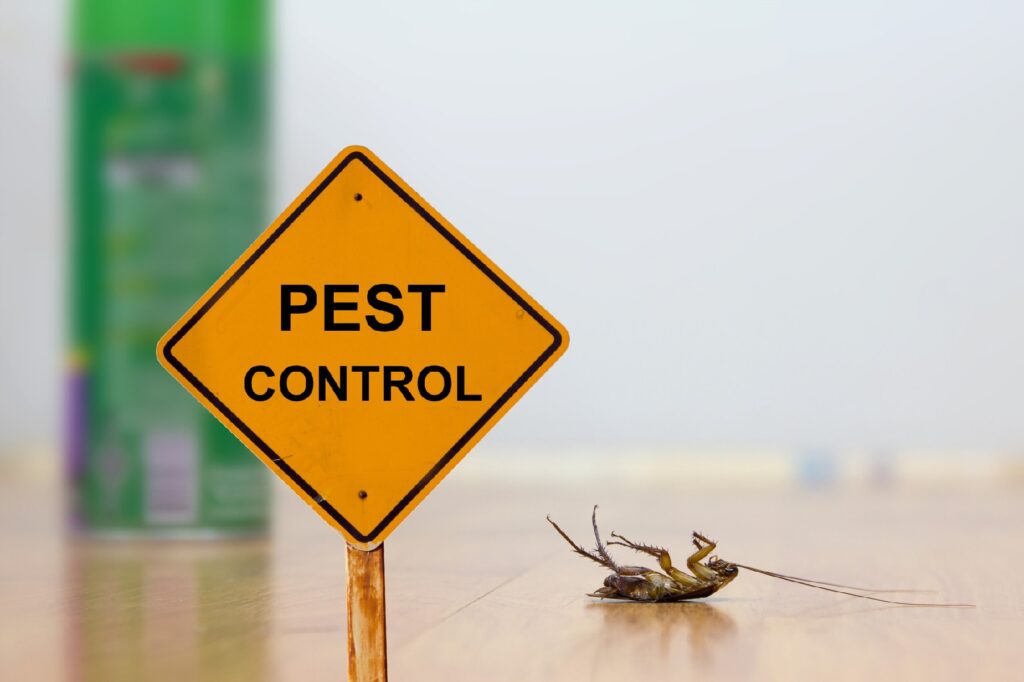Trusted A1 Bed Bug Exterminator Charlotte - Get Rid of Bed Bugs Fast
Wiki Article
Bed Bug Therapy Break Down: Comparing Chemical Vs. Non-Chemical Solutions
In the realm of bug control, particularly when dealing with the relentless concern of bed bugs, the option between chemical and non-chemical treatment services can be a pivotal one. Both techniques supply distinctive advantages and disadvantages, influencing elements such as efficiency, safety considerations, and overall expense. By taking a look at the nuanced information of each method, a more clear understanding of which path to go after in attending to a bed insect invasion can be achieved.Efficiency of Chemical Treatments
Chemical treatments for bed bug problems have actually been widely acknowledged for their rapid and powerful efficacy in removing these pests. When considering the performance of chemical therapies, it is vital to recognize that they can provide a comprehensive and fast solution to a bed bug trouble.Furthermore, chemical therapies have the advantage of supplying recurring impacts, meaning that they can remain to get rid of bed insects also after the first application. This residual activity is especially advantageous in combating any type of prospective re-infestations. Furthermore, the rapid action of chemical therapies can bring alleviation to individuals encountering severe bed bug invasions, enabling them to gain back control of their home swiftly.
Safety Worries With Chemical Solutions
One vital facet that needs mindful factor to consider when making use of chemical services for bed bug therapy is making sure the safety and security of occupants and the environment. Exposure to particular chemicals utilized in bed insect therapies can lead to breathing problems, skin inflammation, or various other unfavorable responses, particularly in individuals with pre-existing conditions or level of sensitivities.Moreover, the environmental impact of chemical solutions is an additional substantial factor to consider. Some chemicals used in bed pest treatments may be dangerous to valuable bugs, wildlife, and ecosystems if they seep into the soil or water systems. It is necessary to make use of chemical treatments carefully, adhering to security guidelines, and considering much less harmful options to reduce these risks and guarantee the reliable and risk-free management of bed pest problems.
Advantages of Non-Chemical Methods
Thinking about the possible security worries and ecological impact connected with chemical options for bed pest treatment, checking out non-chemical techniques offers a promising alternative with a number of unique advantages. Non-chemical therapies are ecologically friendly, as they do not contribute to air or water contamination, making them a lasting choice for bug control.Furthermore, non-chemical solutions can be effective in targeting bed insects, consisting of hard-to-reach locations where chemical therapies may not permeate. Techniques such as heat therapy, vacuuming, vapor cleaning, and mattress encasements provide complete eradication without making use of damaging chemicals. Additionally, non-chemical strategies can be much less turbulent, calling for marginal prep work and permitting for quicker reentry right into treated areas. Generally, selecting non-chemical bed insect treatment methods not only prioritizes security and environmental management yet additionally ensures efficient and comprehensive parasite control.
Limitations of Non-Chemical Treatments

Furthermore, non-chemical therapies frequently need numerous applications to achieve effective obliteration. This can be time-consuming and may not constantly assure complete elimination of all bed pests and their eggs, specifically in hard-to-reach or hidden locations.
In look at this website addition, the success of non-chemical therapies heavily depends on appropriate application and thoroughness, which can be testing for people without professional competence. Insufficient application of non-chemical approaches might result in incomplete removal, causing relentless infestations and the requirement for extra therapies.
Consequently, while non-chemical therapies have their advantages, it is important to acknowledge these constraints and consider them when figuring out one of the most efficient technique for managing bed bug infestations.
Cost Contrast: Chemical Vs. Non-Chemical Options
Provided the limitations connected with non-chemical therapies, a necessary element to evaluate in the context of bed bug management is the expense pest control phoenix contrast between chemical and non-chemical options. Chemical therapies usually include the application of pesticides by experts, which can range from $250 to $900 per room, depending on the severity of the problem and the dimension of the area to be dealt with. In contrast, non-chemical therapies like warmth therapy or vapor can be extra pricey, with expenses varying from $1,000 to $6,000 for an entire home. While the preliminary expense of chemical treatments may appear reduced, multiple therapies might be needed to completely eradicate the problem, possibly increasing the overall price. On the various other hand, non-chemical options might supply a more green and lasting remedy, although they can be cost-prohibitive for some individuals. Eventually, when thinking about the price of bed insect treatment alternatives, it is essential to consider the ahead of time costs against the efficiency and long-term sustainability of the picked technique.Conclusion

Thinking about the prospective safety worries and ecological influence associated with chemical options for bed insect therapy, exploring non-chemical techniques presents a promising alternative with numerous unique advantages.Provided the limitations connected with non-chemical treatments, a vital aspect to review in the context of bed pest monitoring is the expense comparison in between chemical and non-chemical options. In comparison, non-chemical therapies like heat therapy or heavy steam can be more pricey, with prices varying from $1,000 to $6,000 for a whole home. While the initial expense of chemical treatments might seem reduced, numerous treatments might be needed to totally remove the infestation, possibly boosting the overall expense.In conclusion, when comparing chemical and non-chemical bed pest therapy options, it is important to take into consideration efficiency, safety and security, benefits, constraints, and price.
Report this wiki page